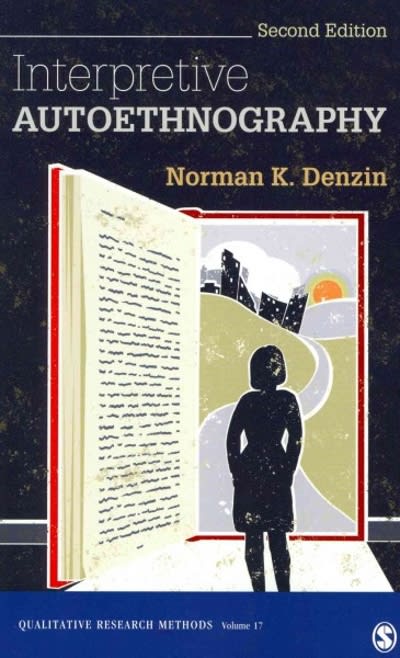Answered step by step
Verified Expert Solution
Question
1 Approved Answer
Summative assessment child 1 Child's name: Age: 2 years old Analysis of child's behaviour and learning under approved framework learning outcomes: OUTCOME 1: CHILDREN HAVE
| Summative assessment child 1 |
| Child's name: |
| Age: 2 years old |
|
| OUTCOME 1: CHILDREN HAVE A STRONG SENSE OF IDENTITY
|
| OUTCOME 2: CHILDREN ARE CONNECTED WITH AND CONTRIBUTE TO THEIR WORLD
|
| OUTCOME 3: CHILDREN HAVE A STRONG SENSE OF WELLBEING
|
| OUTCOME 4: CHILDREN ARE CONFIDENT AND INVOLVED LEARNERS
|
| OUTCOME 5: CHILDREN ARE EFFECTIVE COMMUNICATORS
|
| Analysis of interests, strengths, play preferences and relationships |
| Areas needing additional support to achieve a particular learning outcome |
| Childs voice - include any conversations with the child and their peers detailing contributions they would like to make to their learning |
| Families voice - include any conversations with the family about the information gathered and any ideas or contributions they could make to the learning plan |
| Colleagues and specialists voice (where relevant) - include any conversation with a group of colleagues and expert or specialist about the information gathered and record their input and feedback |
| Describe how this information will be used to inform your planning |
Step by Step Solution
There are 3 Steps involved in it
Step: 1

Get Instant Access to Expert-Tailored Solutions
See step-by-step solutions with expert insights and AI powered tools for academic success
Step: 2

Step: 3

Ace Your Homework with AI
Get the answers you need in no time with our AI-driven, step-by-step assistance
Get Started


